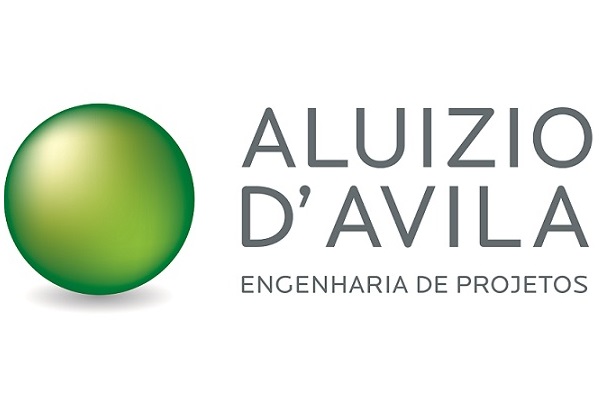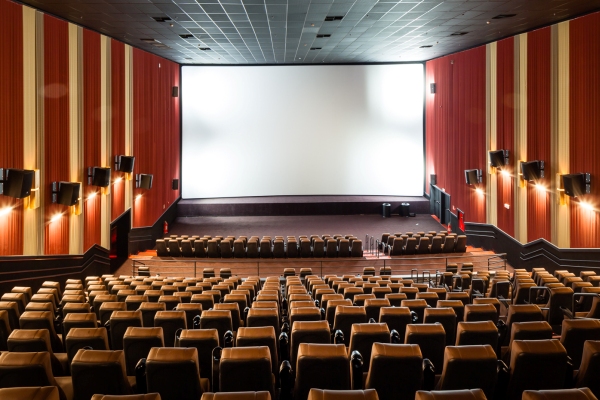Aluizio D’Avila: 50 Years of Experience Within Construction in Brazil
Aluizio A. M. d’Avila, Director-Partner at Aluizio D’Avila
Aluizio A. M. d’Avila gives an overview of the structural projects sector in Brazil, focusing on reinforced and pre-tensioned concrete. He also presents his company, Aluizio D’Avila, mentioning its history, philosophy, main competitive advantages and some projects they are working on at the moment.
Interview with Aluizio A. M. d’Avila, Director-Partner at Aluizio D’Avila
What is your assessment of the structural projects (reinforced and pre-tensioned concrete) sector in Brazil?
We grew exponentially from 2010 to 2012 but, with the “confidence crisis” about the future of the Brazilian economy, private investment has declined. In our office, we have had a dramatic retrench around 30% in new projects. But we know this is a momentary stop. There are many things to be done in Brazil. The growth of the domestic market, especially in Sao Paulo‘s countryside and other Brazilian states, offer new opportunities for building shopping centers, corporate buildings and housing for the new middle class.
We are the company which has designed the largest number of shopping centers in the country. We also have very good clients in the cement and paper plants. We have just finished a paper factory in Rio Grande do Sul and it was built in less time than any other paper plant in Brazil, due to our precast system.
Could you give us an overview of the company’s history?
I founded my company in 1954, a year of turmoil in Brazilian history. The suicide of President Getúlio Vargas unleashed a period of political and economic crisis, which had a huge impact in the construction business. We had to work on small projects because it was the only thing that maintained us in the market. But the recession ended with the election of President Juscelino Kubitschek in 1956. He was an entrepreneur who has boosted construction with huge public projects, such as the building of Brasilia, the new capital of Brazil. The “JK Years” was a period of rapid growth of our office.
After Juscelino’s presidency, Brazil faced a long period of political turmoil. We had an eccentric president who renounced his post after seven months in office, who was succeeded by a populist left wing that was deposed by a military coup d’Etat in 1964. At first, the military governments tamed inflation and conducted an era of economic growth that became known as the “Brazilian miracle”. But the “miracle” ended in 1973, with the oil shock crisis. Inflation had returned in a vigorous way, the credibility of the military government was shaken with the Brazil’s 1982 moratorium and a peaceful transition to democracy was concluded in 1985.
From 1985 to 1994, Brazil lived the hyperinflation years, but we have learned how to live with a 60% of inflation per month. Our office was always a good thermometer of the Brazilian economy.

After the election of President Fernando Henrique Cardoso in 1994, we have inaugurated a period of economic stability, low inflation and stable democratic institutions. This scenario helped to boost investment in the construction sector. During this period, we have developed many projects for commercial, residential, industrial buildings, shopping malls and other kind of constructions.
Due to the necessity of much faster construction methods, we began to design structures with precast parts instead of poured-in-place concrete. In our system, the beams and slabs after assembled, get steel bars in the joints, which gives the structure more rigidity and less deformation.
We are always studying new precast systems to have the best solution for every type of structure; precast system saves money for the construction builders and is ecologically preferable because, it is possible to save the wood for the mouldings.
We are the company which has designed the largest number of shopping centers in the country. We also have very good clients in the cement and paper plants. We have just finished a paper factory in Rio Grande do Sul and it was built in less time than any other paper plant in Brazil, due to our precast system.
How would you define the company’s philosophy and what are your competitive advantages?
My concern was always to create new things. Innovation has always been a key element that defines our success. We were the first company to work widely with pre-stressed concrete in buildings. We became known as the best company in using pre-stressed concrete. We got a prize that was an important recognition of this effort to innovate in pre-stressed concrete.

Innovation has also helped us to be part of the most daring and innovative projects in the country.
Innovation made us gain a large number of customers who understand that a good structural project with innovative solutions is not only technically better but it also help to speed-up the building and to reduce the cost of construction.
Can you mention some projects you are working on now?
I would highlight three main projects.
In Rio Grande do Sul, we are working on a project for a shopping center in Canoas and we are finishing one for the construction of the paper plant in our precast system.
In Sao Paulo, we are proud to design Infinity Building, whose architectural design was from K.P.F Architects of New York. The project has received the prestigious national Gerdau Prize of structure among 132 others.
We also finished a project for a very important client called Eztec. This project was constituted by two towers with 33 floors and area 160.000m² whose architectural design has been done by Carlos Mott, an Uruguayan architect based in Canada.
Do you also work outside Brazil?

We had been involved with structural projects in Nigeria, Ivory Coast, Argentina, Paraguay, Bolivia, Uruguay, and Colombia, where we worked on a project to build a cement silo in an earthquake zone.
What challenges do you have to face on a daily basis?
The challenges are huge. You have to employ the best available solutions for structural projects to attend the challenges that architects and builders present us. We like challenges and audacious ideas that architects and builders bring us. They stimulate us to find a creative solution for each particular problem and that is what keeps us happy doing our job. These challenges oblige us to keep up to date with the latest technology and innovative solutions in the world. You have to keep your mind and eyes wide open in the international market.
Are there investment opportunities inside the company? Are you interested in any type of partnership?
We should always be attentive to partnerships that will open new international markets and to help us to continue to be in the forefront of structural system innovation.
What is your vision for the sector and your company in 2-3 years?
We have two challenges. First, to conduct a process of professionalization of the company, so we could perpetuate our legacy in structural system. We are the largest and the most innovative company in the sector. I am 83 years old and the company must continue to carry our legacy in our field.
What would be your message to a foreign investor that wishes to come to Brazil and work in your area?
I wish that the investor has a great amount of determination and perseverance to do business in Brazil. We have had big foreign construction companies in Brazil. But the only one that resisted our volatile country, because it “Brazilianised” itself, was a German company called Hochtief. As an historian once said: “in our country even our past is uncertain”. (laughs)
My contact with foreign executives during the projects we made for them was very pleasant, and I would love to continue having contact with foreigners, because it is indeed very enriching. Just as an example, I noted the strength an American architect can bring in – when a client contracts this architect, he is hiring a name and a brand and the client respects the architect and his ideas. In Brazil, the clients, mainly in what concerns prices, overpower architects.
I also noticed that Brazil has great architects and it is always a great pleasure to collaborate with them.
FAIR USE POLICY
This material (including media content) may not be published, broadcasted, rewritten, or redistributed. However, linking directly to the page (including the source, i.e. Marcopolis.net) is permitted and encouraged.